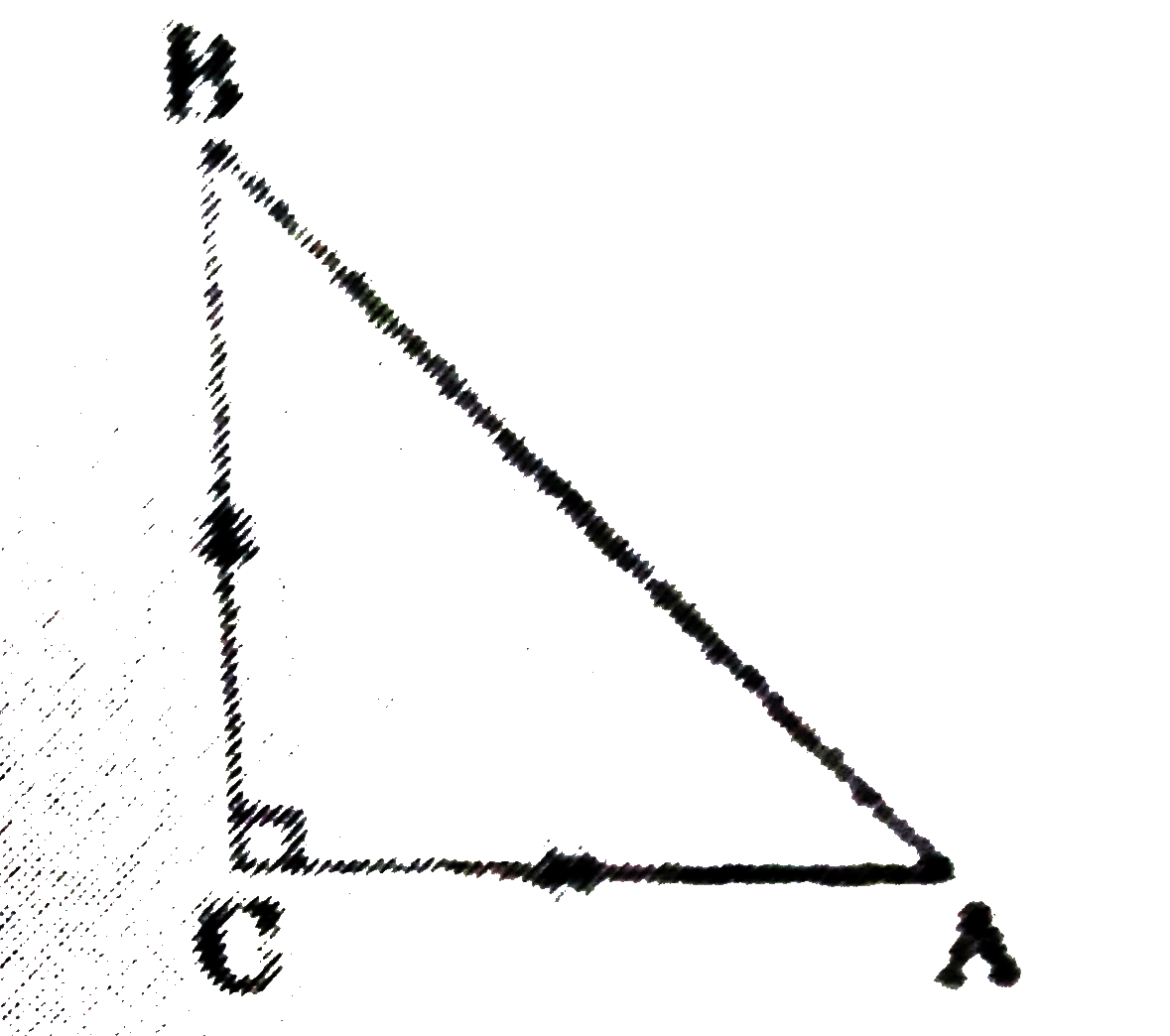Determine the type (isosceles, right-angled, right-angled isosceles, equilateral, scalence) of the triangles whose vertices are: (1,2√3),(3,0),(−1,0)
To determine the type of triangle formed by the vertices A(1,2√3), B(3,0), and C(−1,0), we will calculate the lengths of the sides of the triangle using the distance formula.
Step 1: Calculate the distance AB
The distance between two points (x1,y1) and (x2,y2) is given by the formula:
d=√(x2−x1)2+(y2−y1)2
For points A(1,2√3) and B(3,0):
AB=√(3−1)2+(0−2√3)2
Calculating this:
AB=√(2)2+(−2√3)2=√4+12=√16=4
Step 2: Calculate the distance BC
Now, for points B(3,0) and C(−1,0):
BC=√(−1−3)2+(0−0)2
Calculating this:
BC=√(−4)2+0=√16=4
Step 3: Calculate the distance AC
Next, for points A(1,2√3) and C(−1,0):
AC=√(−1−1)2+(0−2√3)2
Calculating this:
AC=√(−2)2+(−2√3)2=√4+12=√16=4
Step 4: Analyze the side lengths
Now we have the lengths of all three sides:
- AB=4
- BC=4
- AC=4
Since all three sides are equal, we conclude that the triangle is equilateral.
Conclusion
The triangle formed by the vertices (1,2√3), (3,0), and (−1,0) is an equilateral triangle.
---
- BC=4
- AC=4
Similar Questions
Determine the type (isosceles, right-angled, right-angled isosceles, equilateral, scalence) of the triangles whose vertices are: (0,6),(−5,3),(3,1)
View SolutionDetermine the type (isosceles, right-angled, right-angled isosceles, equilateral, scalence) of the triangles whose vertices are: (1,1),(−√3,√3),(−1,−1)
View SolutionDetermine the type (isosceles, right-angled, right-angled isosceles, equilateral, scalene) of the triangles whose vertices are: (4,4),(3,5),(−1,−1)
View SolutionDetermine the type (isosceles, right-angled, right-angled isosceles, equilateral, scalene) of the triangles whose vertices are: (0,2),(7,0),(2,5)
View SolutionDetermine the type (isosceles, right-angled, right-angled isosceles, equilateral, scalence) of the triangles whose vertices are: (−2,5),(7,10),(3,−4)
View SolutionDetermine the measure of each of the equal angles of a right-angled isosceles triangle.
View SolutionIn a right-angled isosceles triangle, the ratio of the circumradius and inradius is
View SolutionIn a right - angled isosceles triangle , the ratio of the circumradius and inradius is
View SolutionIn figure ABC is an isosceles triangle , right angled at C . Therefore
 View Solution
View SolutionCan an acute-angled triangled be a. and equilateral, b. an isosceles, and c. a scalene triangle ?
View Solution

